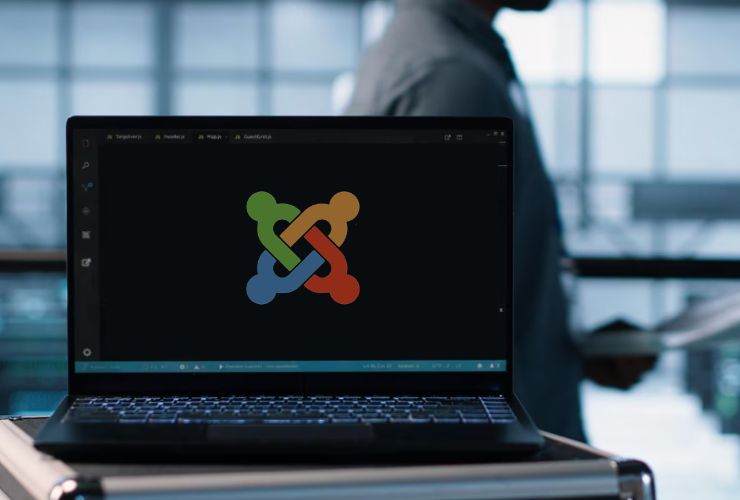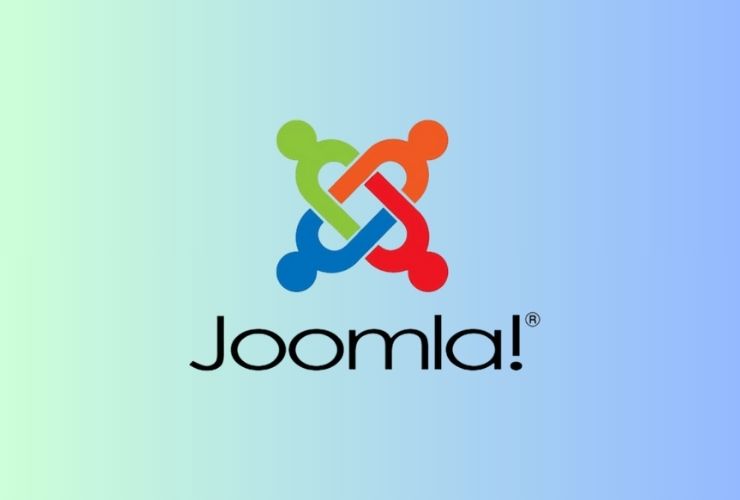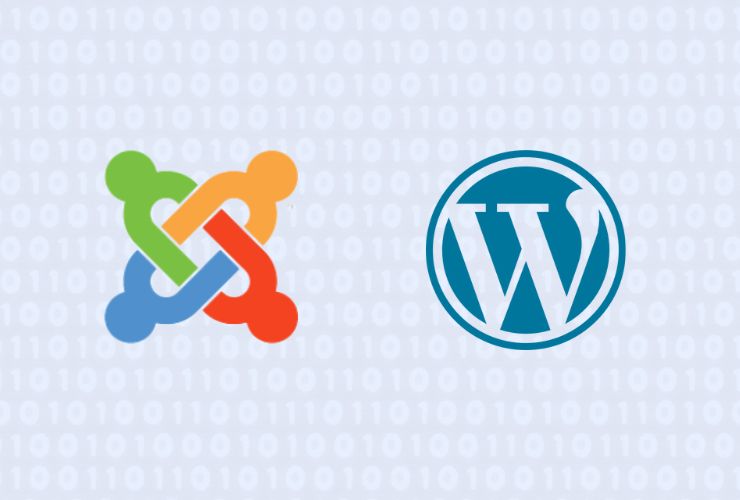Joomla is not the most popular choice for first-time bloggers or small business owners; however, developers love Joomla for its depth and flexibility, as well as its deep architectural strength that makes Joomla the right choice for complex tasks. But what is it about Joomla that makes it such a strong player in the space of complex and customized websites?
This blog post will highlight the key features, strengths, while at the same time showing real examples of how Joomla works to explain why it is still a chosen CMS for developers who want control and customization, when building websites.
Granular User Access Control
Among the core components of Joomla, the built-in user management system is without question one of the most powerful found in any CMS platform. Developers can create complex user groups ensuring multiple user access levels and a precision to set user permission. This granularity is especially useful in cases that require complex user roles and workflows, such as:
- Membership-based platforms that require multiple access levels.
- Corporate intranets and portals that need to restrict access to certain sensitive content.
- Multi-author publications with different editorial roles.
- Websites requiring complex approval or publishing flows.
While platforms like WordPress require third-party plugins for advanced granular user role management, Joomla’s built-in capabilities and ease of use will save you time, limit your reliance on third-party tools, and increase your security and stability.
Flexible and Modular Design
The architecture of Joomla has been developed to ensure that modularity and flexibility are at the core of the system. With Joomla’s terminology and organization, developers can develop very complex layouts for a site by combining modules, components, and plugins into a structured and modular system. This modularity provides Joomla with flexibility when managing complex projects such as:
- Enterprise-sized websites with complex content structure.
- Government portals that must include strict organization and control.
- Educational sites requiring detailed management of courses and users.
- Nonprofits and organizations that provide tiered content to different audiences.
For example, Joomla adopts the MVC (Model-View-Controller) design pattern which allows for a better organized and manageable code structure. In addition, it allows developers to override views without modifying core files making any customization to the code safer and more sustainable.
Multilingual Support Built-In
Business and organizations who operate globally know how important multilingual websites are. Most common CMS platforms use third-party plugins to add multilingual options, while Joomla allows language to be configured natively. Developers can:
- Set up separate menus, modules, content that is language specific.
- Manage multiple languages without plugin conflicts.
- Manage consistent user experience on the website across language.
The way multilingual features are built into Joomla gives considerable advantages to international brands and organizations that need to deliver consistent and reliable multilingual content at scale with little friction.
Scalable Template Overrides and Customization
Joomla allows developers to have full control of the site’s HTML output, which is done through template overrides. A template override means that developers can customize any component or module output without modifying the core files of Joomla, allowing developers to:
- Make sure customizations are not overwritten by updates to Joomla.
- Give management of cleaner code and streamline debugging.
- Create unique front-end experiences based on specific client or business needs.
- More thoroughly integrate to third-party systems and APIs.
This level of customization is superior to many CMS platforms, where changing a template or theme usually relies on child themes or theme-based capabilities, limiting flexibility and control.
Strong Security Features
For complex websites where user data is potentially sensitive or traffic is high, security is always a concern. Joomla has strong built-in security features to help mitigate issues, including:
- Two-Factor Authentication (2FA) for an extra layer of security at login.
- Bcrypt password hashing for storing your credentials securely.
- Built-in CAPTCHA options to help mitigate automated abuse and spam.
Robust session management, along with a detailed Access Control List (ACL), to tightly control who can do what within the system.
In addition, Joomla has a Security Strike Team (JSST) committed to discovering vulnerabilities and distributing updates to improve security when necessary. Keeping security odds in your favor will help secure the integrity of your Joomla download process. Security helps with the integrity of any Joomla powered site.
Advanced Extension Ecosystem
Joomla’s extension directory features thousands of components, modules, and plugins for diverse and complex use cases. A number of extensions are developed with enterprise goals in mind and address functionality such as:
- eCommerce solutions such as VirtueMart and HikaShop.
- Event management systems that manage registrations and ticketing.
- CRM and ERP integrations to streamline business processes.
- Real estate listing management.
- Forums and social community portals.
With many of these extensions well-documented and maintained, developers are able to more often depend on fewer third-party tools which leads to a better and more reliable website environment.
Developer-Focused Tools and Documentation
Joomla offers solid developer documentation and has a very active community of contributors and experts. Its architecture encourages good coding practices and reusable logic, and also provides tools and frameworks for:
- Custom component development for specific functionality.
- Template frameworks like Gantry and T3 to speed up theme development.
- RESTful API features for modern integrations.
- Command Line Interface (CLI) tools for automation of tasks and deployment.
A developer-friendly environment enables professionals to build scalable and maintainable websites more quickly, while still meeting complex project requirements.
Scalability for Large Projects
In situations where a website is likely to expand in size, complexity, or user traffic, Joomla’s scalability is one of its biggest advantages. Its content management system allows developers to:
- Organize a large amount of content into categories and subcategories.
- Utilize filtering options and structured menu hierarchy.
- Manage thousands of pages without compromising performance or management capabilities.
This makes Joomla the software of choice for universities, government organizations, multi-national companies, and large-scale eCommerce sites that require control and usability among growing digital environments.
Conclusion
While Joomla may not be as popular as WordPress, it continues to provide an excellent experience where complexity, control, and customization are most important. Developers that create sophisticated, multi-functional websites with complex user requirements and long-term scalability overwhelmingly select Joomla because of its reliability, security, and flexibility.
The combination of its modular architecture, strong user access management, controlling built-in security, and strong support for multilingual capabilities, makes Joomla an excellent CMS choice for enterprise-level projects and developer-driven experiences. If you are looking to build something with extensive customization without compromising performance or security, Joomla is a great choice and will help future proof your project.










